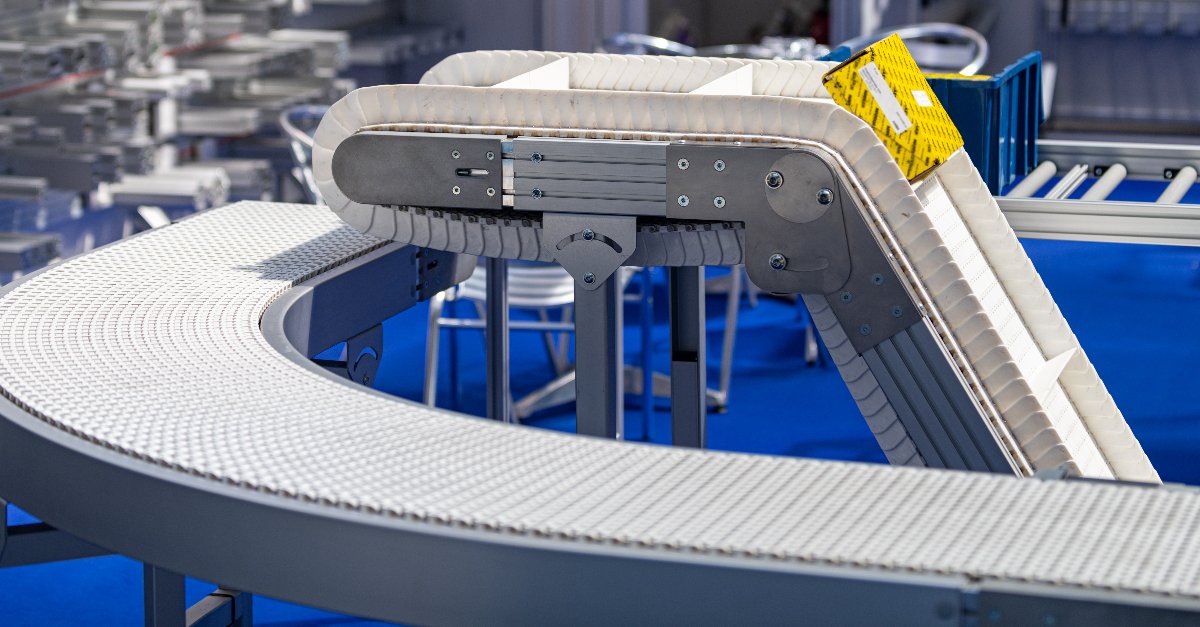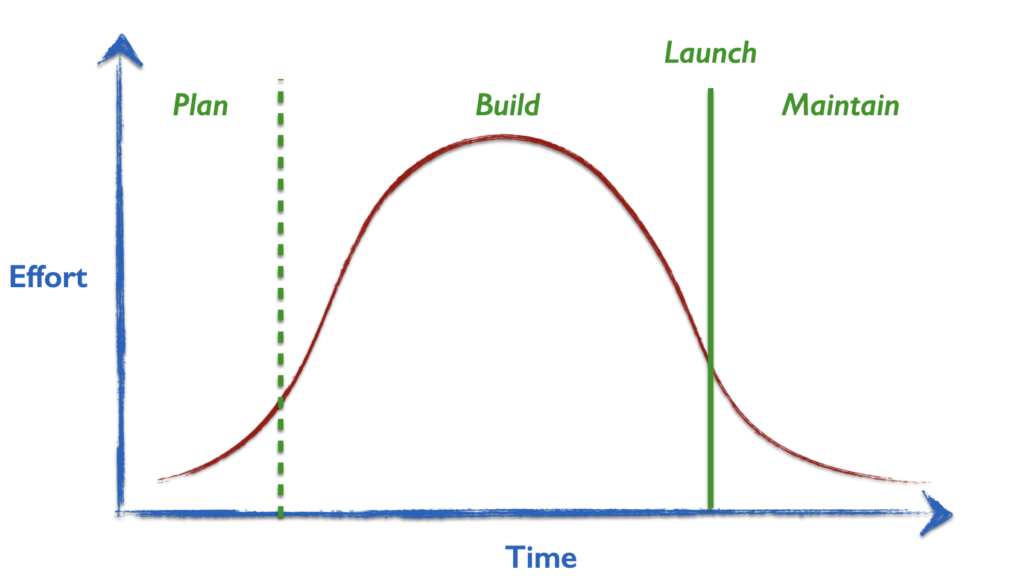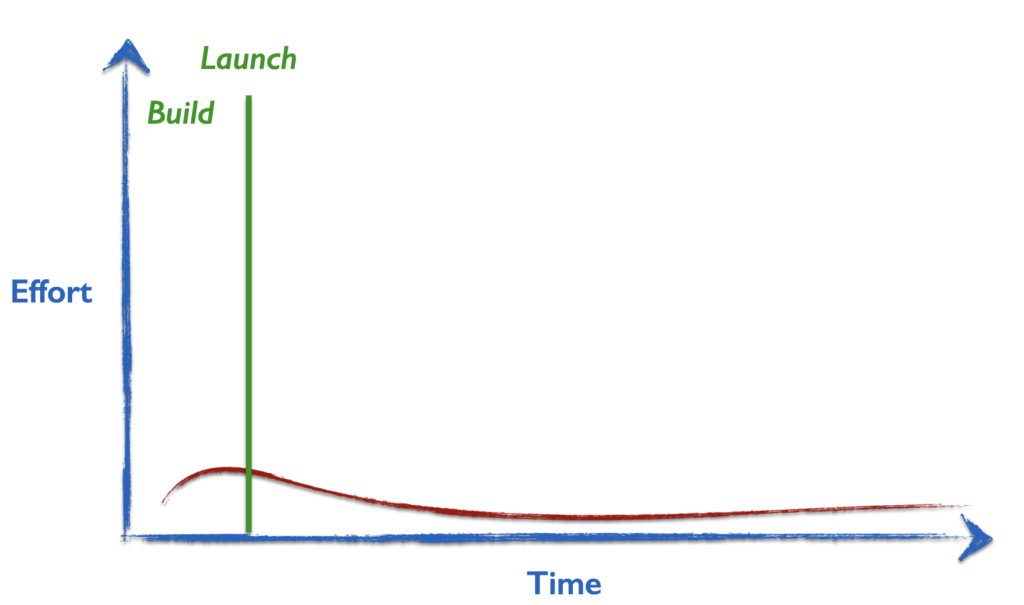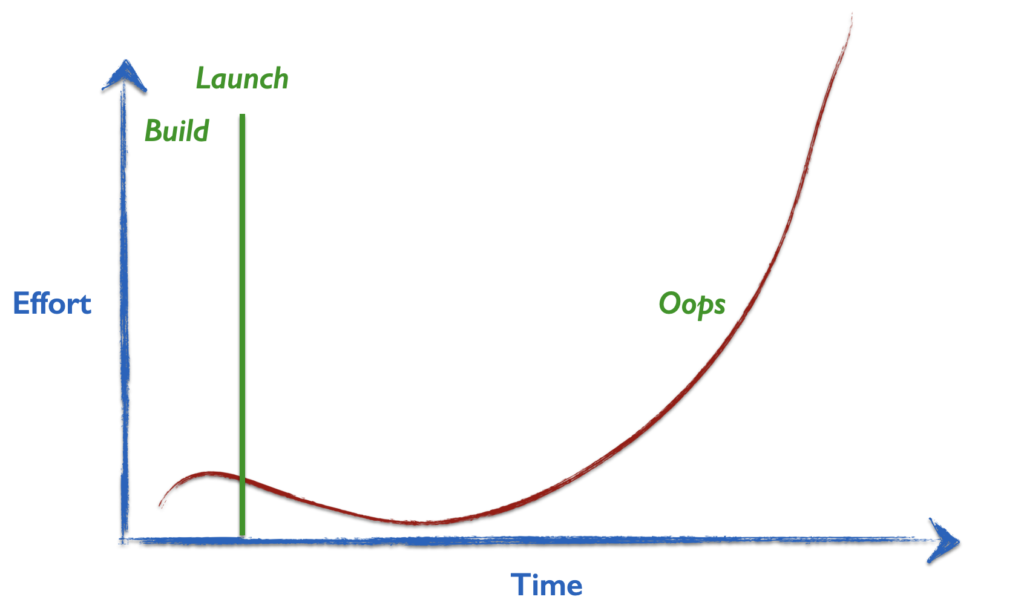Even a digital content factory is not built in a day
Setting up an efficient factory requires planning. Where do you put the building? How will you bring in raw materials? How does work flow along the assembly line and how can you optimize the work? Given that my expertise in actual factory operations is limited to Factorio, it’s probably best to set that analogy aside and refocus on a digital equivalent—the systems that make up your content operations.
Moving information around digitally doesn’t require trains, conveyor belts, or other physical components, but when systems don’t mesh cleanly, you end up with friction in the process that slows you down. Perhaps you have to export content by hand and move it to a specific folder so that the next system in the pipeline can pick up the information. Or maybe you have a pipeline that’s fragile and tends to break down when you introduce too much content or weird edge cases.
In short, even a digital content factory requires planning to ensure it operates efficiently and accurately. Do the planning work, then build, then launch, and then maintain your system.
Too often, though, we find ourselves in a heated argument over why the build takes so much effort. People are looking for an effortless way to achieve efficient content ops. The problem is that their mental model for a new system build looks like this:
But a hasty build with no planning is likely to result in runaway maintenance costs.
You do not want to experience an Oops moment.
A solid assessment and roadmap reduce the risk of a horrifying Oops. Although it may feel as though building a blueprint delays your launch, it’s our experience that the opposite is true. The time spent understanding the scope is well spent and results in more efficient operations.
In short: Plan or fail.





